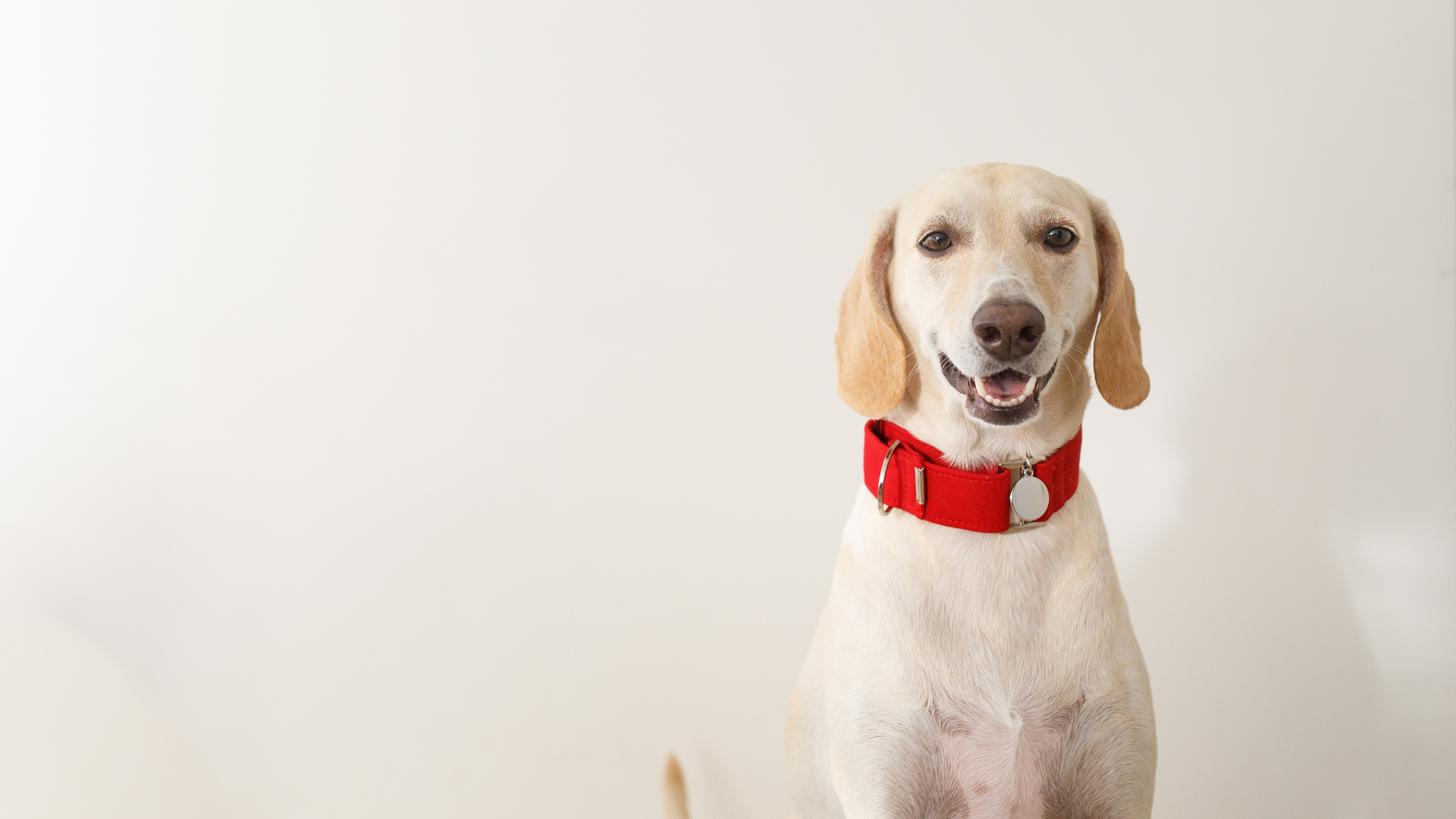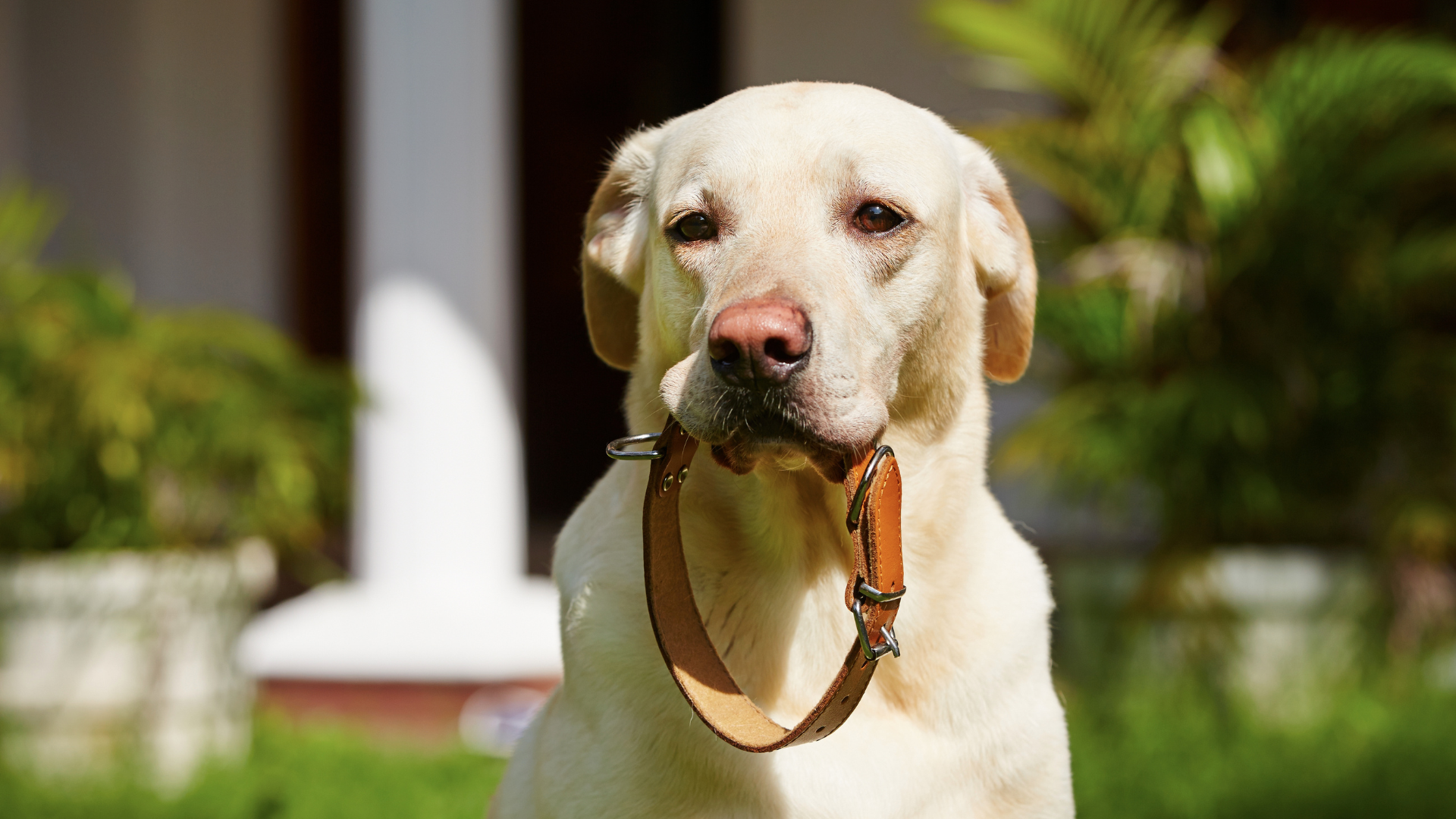Dog collars are a beloved accessory to many dog owners, but did you know they can cause serious problems for your furry friend?
Collar sores are a common issue that affects dogs of all sizes and breeds. Fortunately, there are ways to treat collar sores and prevent them from happening in the future.
An ill-fitting collar is often the most common reason for a sore on a dog's neck. If the collar is too tight or loose, it can rub against the skin continuously, causing irritation or injury
In this blog post, we will provide you with 7 tips on how to treat collar sores on dogs.
Why Does My Dog Have A Sore On His Neck From His Collar?
We dog owners always want to ensure our furry friends are happy and healthy. But sometimes, even our best efforts can cause unexpected issues. One of these issues may be the development of a sore on your dog's neck from his collar.
While this may seem minor, it's important to identify the root cause and prevent it from happening again. First, we'll explore five possible reasons for this soreness and how to avoid it.
1. Adjustable Collar: An ill-fitting collar is often the most common reason for a sore on a dog's neck. If the collar is too tight or loose, it can rub against the skin continuously, causing irritation or injury.
In such cases, you should ensure the collar fits correctly. You should be able to fit two fingers between your dog’s neck and the collar.
2. Allergy to Material: Another reason for a sore on a dog's neck could be an allergy to the collar's material. Some dogs may be allergic to fabrics, dyes, or metals commonly found in collars.
In such cases, you should switch the collar to a different material, such as leather, to see if this helps prevent further irritation.
3. Infection: If you notice redness, swelling, discharge, or a bad odor, your dog may have developed an infection on his neck. Infections can occur due to prolonged exposure to moisture from sweat, rain, or wet grass. Dry your dog's neck well after bathing or swimming, and clean the collar regularly to prevent bacterial growth.
4. Hair Loss: Some breeds are more prone to hair loss, which can cause a sore on their neck where the collar rubs against bare skin.
If this is the case with your dog, opt for a collar with a wider and smoother surface area or padded material to prevent the collar from damaging your dog's skin.
5. Too Much Pressure: A too-tight or heavy collar can put too much pressure on your dog's neck and cause a sore. This is especially true if you use a heavy-duty collar designed for pulling.
Replace these with a lightweight, comfortable collar that distributes pressure evenly across your dog's neck.
How To Treat Collar Sores On Dogs | 7 Healing Steps

Step 1: Remove the Collar
The first step in treating collar sores is to remove the collar. Give your pup’s skin a chance to breathe and heal without any added pressure from the collar. If your dog needs something around their neck, consider using a harness instead.
Step 2: Clean the Area
Once you’ve removed the collar, cleaning the affected area is important. Use a gentle, pet-safe soap and warm water to clean the sore. Be gentle and try not to scrub the area too hard.
Step 3: Use a Healing Balm
Applying a healing balm can help speed up the healing process. Choose a balm that is safe for pets and free from harsh chemicals. Look for natural ingredients such as shea butter, coconut oil, and aloe vera.
Step 4: Change the Collar
If your dog’s collar is causing sores, it’s time to switch to a different type of collar or harness. Look for a collar made from soft materials such as nylon or leather. Try to avoid collars with sharp edges or spikes.
Step 5: Give Your Dog a Break
If your dog’s collar sores have become severe, it may be time to give your pup a break from wearing a collar altogether. Let your dog go without a collar for a little while to give their skin a chance to heal.
Step 6: Go to the Vet
In some cases, collar sores can become infected and require medical attention. If you notice any signs of infection, such as swelling, pus, or redness, you must take your dog to the vet. Your vet may prescribe antibiotics or other treatments to help your fur baby heal.
Step 7: Prevent Collar Sores
The best way to treat collar sores is to prevent them from happening in the first place. Ensure your dog’s collar or harness fits properly and isn’t too tight. Check the collar regularly to ensure it’s not too loose or tight, and always remove your dog's collar when they are at home, especially if they're the type to chew on their collar.
Bottom Line:
Now you have an idea of how to treat collar sores on Dogs. Collar sores can be painful and uncomfortable for your furry friend, but they are treatable. By following these seven tips on treating collar sores on dogs, you can help your pup get back to its happy, healthy self in no time.
Prevention is key, so always check your dog’s collar for any signs of wear and tear, and make sure it is not too tight or loose. Your furry friend will thank you for it!
And as always, get out there and Love Life!


